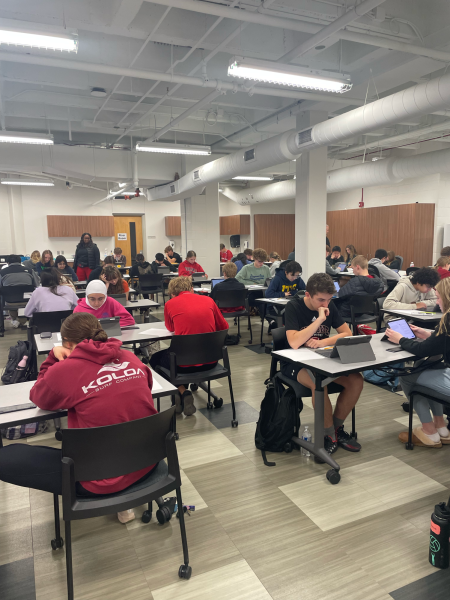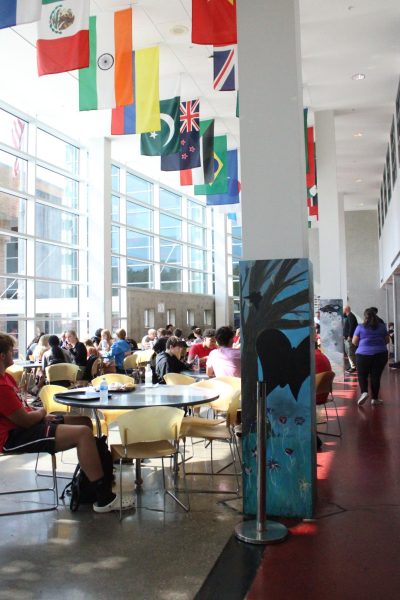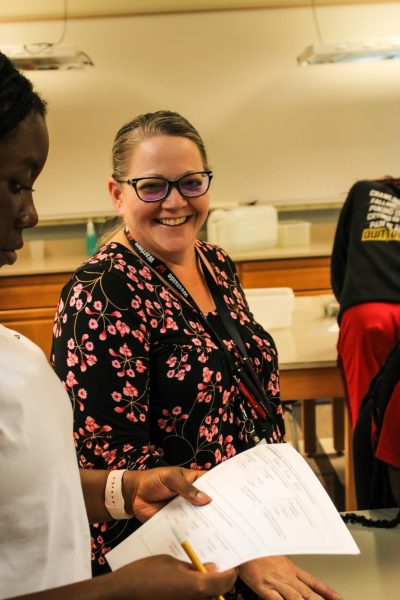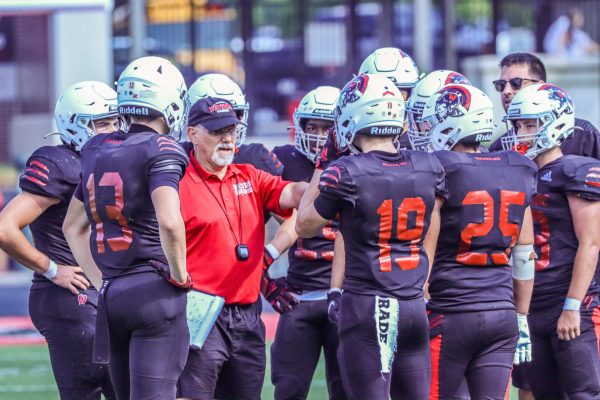Perpetuating Culture: Attitudes of gender inequality encourage sexual misconduct
Graphics by Ramya Iyer
Madigan Brodsky, Wired Editor-In-Chief
Throughout history, gender roles have been perpetuated by mass media, home lessons, and the continuation of situations that exploit gender inequalities and abuses of power. Young boys are told “man up” at the same time that adolescent girls are pressured to be simultaneously sexual and innocent. While there has been a push in recent years to destroy gender roles determined by society, according to Sarah Eliason, Prevention and Education Manager for the Women’s Center for Advancement, it is these attitudes and teachings that make it possible for sexual assault to occur with minimal consequences.
“There’s been a big focus recently on men and how we are socializing them to feel like this is what they have to do, as well as what is their right to do,” Eliason said. “[Boys] are taught that they have to prove their manliness by being sexually active, by proving that they can ‘get laid.’ All of that contributes to the idea that men are engaging in these behaviors because of this pressure that society puts on them of what it means to be a man.”
According to Dr. Karen Falconer Al-Hindi, professor of Women’s and Gender Studies at UNO, it is an achieved imbalance of power that can creates situations where sexual assault is bound to occur. Abuses of power are prevalent in many different facets of society, but it is when those who are assigned more power within the gender system take advantage of their upper hand that they are able to mistreat those with less power.
“Perpetrators and predators will often sexually abuse others for a couple of reasons,” Al- Hindi said. “But it’s important to reiterate that it’s not about the sex. We just have to keep saying that it’s about power, not sex, at the same time that we support survivors. The devastation of the experience largely has to do with the place of sex in our society.”
Al-Hindi and Eliason agree that there are multiple ways to addressing this issue. In Eliason’s role as a preventionist, she uses a social-ecological model that addresses different solutions that could be implemented in all levels of society, starting with the individual and expanding to society as a whole.
“We really can’t focus on one thing and expect it to change all of society,” Eliason said. “We have to do all of it. A lot of it starts with youth, with teaching men that they don’t have to act tough to be manly, they don’t have to engage in physical violence that proves themselves.”
However, Eliason attributes a lack of information for young people as an equally large source of the problem. According to her, the definitions of consent, coercion and sexual assault are not adequately taught to youth and when they are, are often misunderstood.
“It’s a multilevel thing,” Eliason said. “Certainly addressing masculinity and men is part of it, but I think we need to address everyone, as well as changing our expectations and our understandings of what sexual assault is and how to stop it.”
STUDENTS ASKED: What examples have you seen a gender imbalance at school?
INSTRUCTORS ASKED: How do you try to combat perpetuating gender imbalance in the classroom? What do you think is the key to ending a culture of gender imbalances?

Student: Benjamin Kutler – 8th Grader
“I’ve noticed that many male PE teachers tend to favor their male students, whether that’s through grades, or picking them as examples, or just completely ignoring the females in the class. [It makes me feel] almost sad that some of the PE teachers are so ignorant to the rest of the class.”
Teacher: Zohra Sahak – Social Studies Teacher
“Sometimes we have situations where I make all the girls vote on something that affects boys, and the boys just sit there and they’re like ‘Why don’t I get to vote?’ and then we talk about it. Because of the grade level that I teach, I have to have it at their level. I try to bring it into smaller group activities and include it in a way that they would understand or just make them think, ‘That’s not right.”

Student: Tatenda Chiavero – 11th Grader
“Sometimes in math classes, usually the boys are called on a lot. I feel like that [is a part of] guys dominating the conversation regarding math and science and engineering. In one of the science classes I am in right now, there are five girls in the entire class. You can feel that it is male dominated. Sometimes in those STEM classes, where girls don’t have much of a voice, I feel like it contributes to later on when they [don’t] say much.”
Teacher: Nathan Moseley – English Teacher
“There’s not usually many boys in honors literature, so in English classes, my main goal is really to try and encourage the boys to be more active in English class… there’s a stereotype that it’s predominantly men that go into [math and science] fields so there’s a push to try and get girls to be more involved in [those]. I try and do the opposite in English.
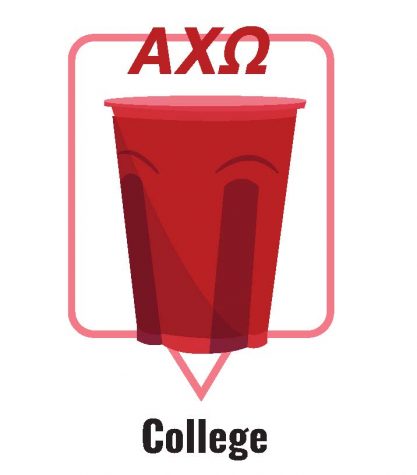
Student: Nata Ward – Engineering major at UNO
“Engineering is super male dominated. It’s hard to be friends with any girls because there’s few options…. I definitely talk [way] less than any boy in my classes. I also talk quieter and never shout answers out… I just feel like it’s better not to call attention to myself as one of the few girls, and if I make a mistake I’m [stuck up], whereas a guy is just giving it his best shot.”
Teacher: Dr. Karen Falconer Al-Hindi: Professor of Women’s and Gender Studies at UNO
“One change that I have noticed over time that I think is a very positive change, [is that] no one is alone in the room with a person where there is a big imbalance of power. A lot of non profit organizations that serve children and families [are] making sure that they don’t have an adult alone with a child. That type of thing is very proactive.”
Your donation will support the student journalists of Omaha Westside High School. Your contribution will allow us to purchase equipment and cover our annual website hosting costs.




